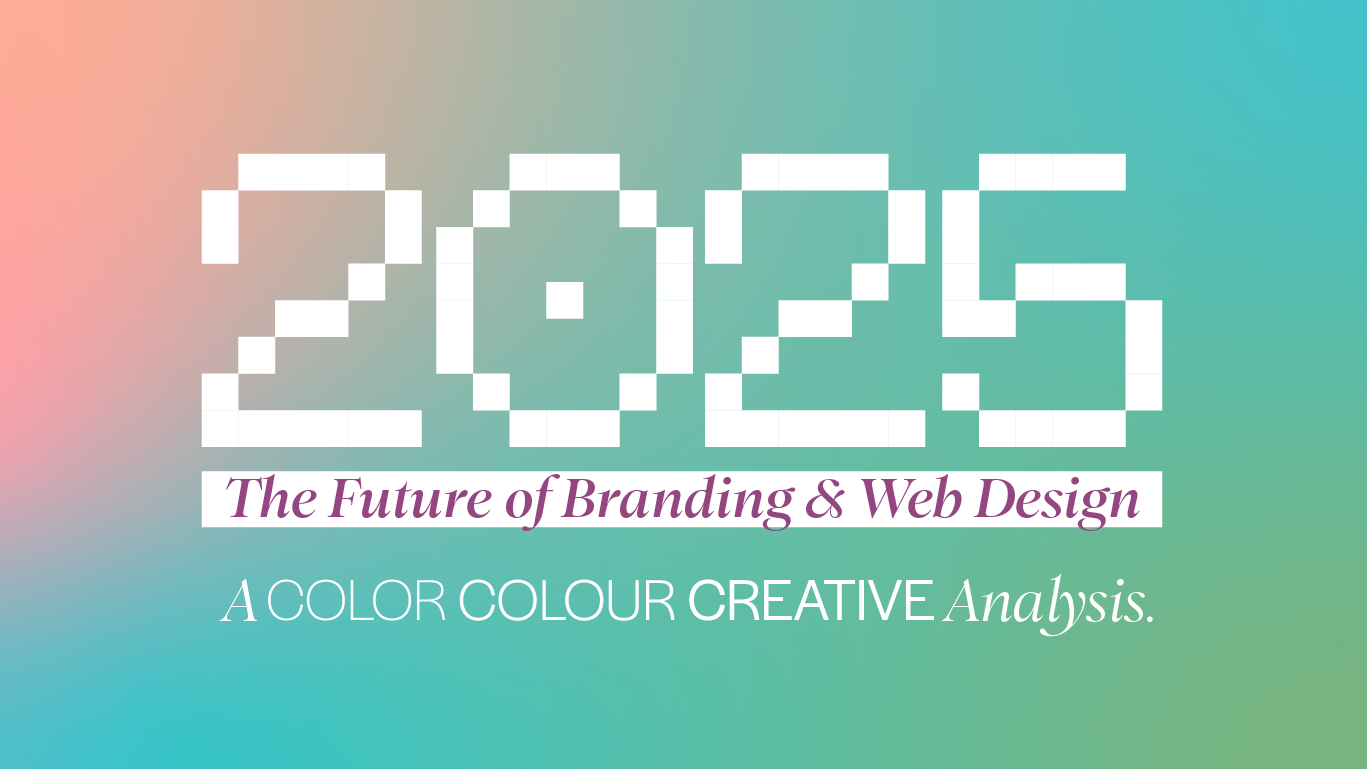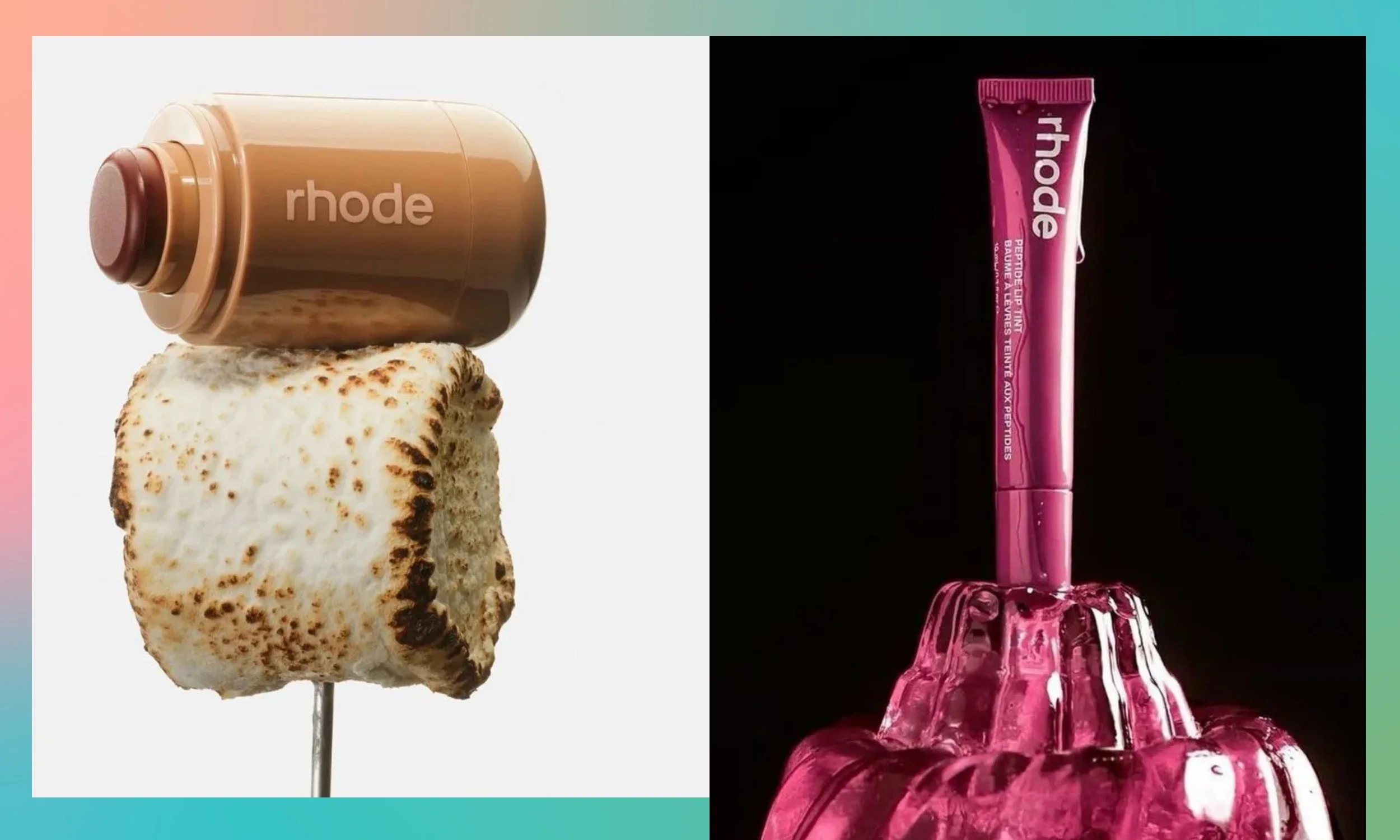The Future of Branding & Web Design: The Rise of Sensory Marketing
Engaging the Senses in a Digital-First World
Branding has always been about storytelling, but in 2025, storytelling is evolving into something even more immersive: sensory marketing. With digital spaces becoming more competitive, brands are no longer just focusing on what their website or packaging looks like; they’re creating full-spectrum experiences that engage multiple senses at once.
Sensory marketing taps into sight, sound, touch, and scent (yes, even digitally) to create more memorable, emotional brand interactions. The goal? To build stronger connections, improve user engagement, and drive conversions through an experience that lingers beyond the screen.
How Sensory Marketing is Shaping Branding & Web Design
1. Tactile Design & Haptic Feedback
Haptic technology has made its way from gaming into mainstream UX design. Brands are leveraging touch-based feedback in mobile and wearable devices to create more interactive digital experiences.
Trend Watch: Expect more websites and apps to incorporate subtle vibrations when hovering over buttons, tapping elements, or completing transactions, making digital interactions feel more tangible.
2. Sonic Branding & Immersive Audio
From TikTok’s viral sounds to the resurgence of audio-first platforms, sound has become a powerful brand differentiator. Sonic branding is no longer just about a catchy jingle - it’s about crafting an auditory identity that stays with users.
Web Design Applications: Websites are beginning to integrate subtle ambient sounds, like the soft rustling of leaves on a wellness site or the faint hum of a bustling café for a coffee brand, to create an immersive environment without overwhelming the user.
3. Visuals That Go Beyond the Screen
The rise of highly textural visuals, from 3D elements to hyper-detailed photography, makes digital branding feel more tangible and sensorial. Web design in 2025 is embracing:
Deep contrasts & dynamic lighting: Mimicking the richness of physical spaces through digital gradients and shadows.
Liquid animations & organic motion: Creating movement that feels intuitive and natural, enhancing emotional engagement.
4. Scent & Memory Triggers in Digital Branding
While scent is traditionally associated with in-person experiences, brands are finding ways to suggest and evoke fragrance in digital spaces.
Example: Fragrance brands like Byredo and Diptyque use poetic, sensory-driven copywriting, ambient sound design, and warm, textural visuals to convey their scents online.
Emerging Tech: VR and AR experiences are beginning to experiment with scent integration, allowing users to interact with a brand’s olfactory identity in virtual spaces.
5. Personalization Through Multi-Sensory AI
AI is making sensory marketing even more tailored. From mood-based website themes to dynamically shifting soundscapes, personalization is going beyond product recommendations to create custom, sensory-first brand experiences.
Example: Spotify’s AI-powered playlist curation suggests music based on users’ emotions, creating an audio-first mood marketing strategy.
Trend Watch: Expect more brands to use AI to adjust visual themes, sounds, and interactions based on real-time user behavior, making every visit feel uniquely curated.
How to Implement Sensory Marketing in Your Brand Strategy
Audit Your Brand’s Sensory Identity: What feelings do your colors, typography, and sounds evoke? Are you creating a full sensory experience, or is your brand solely focused on visuals?
Enhance Your Web & Digital Presence: Consider adding micro-interactions, subtle sound cues, and textural elements to your UI/UX design.
Leverage AI for Personalization: Use AI to adapt sensory elements in real time, creating customized experiences based on user behavior.
Test & Optimize: The key to successful sensory marketing is balance. Too much can overwhelm users, so A/B testing different sensory elements will help refine the experience.
20 Unique Ways to Incorporate Sensory Marketing into Branding
Visual Sensory Branding
Color Psychology-Driven Design – Use colors that evoke specific emotions (e.g., deep blues for trust, fiery oranges for energy).
Motion Graphics & Kinetic Typography – Subtly animate text and UI elements to create an engaging, memorable digital experience.
Texture Simulation – Implement visual textures on packaging, websites, and digital ads to imply tactile sensations (e.g., matte vs. gloss finishes).
Evolving Color Schemes – Use micro-interactions to subtly shift background colors based on mood, time of day, or user activity.
Dimensional Design Elements – Incorporate drop shadows, 3D layering, and depth perception for an immersive look.
Auditory Sensory Branding
Signature Sound Cues – Create a distinctive chime or sound that plays on app interactions or brand videos.
ASMR-Influenced Branding – Use soft, immersive sound effects in product videos, unboxings, and interactive web experiences.
Adaptive Background Audio – Implement subtle soundscapes that change based on user interaction (e.g., ambient noise when scrolling).
Podcast Integration – Leverage voice branding by launching a brand podcast or featuring curated voiceovers in digital content.
Musical Logos & Sonic Branding – Develop a short, recognizable audio signature (like Intel’s iconic chime).
Tactile Sensory Branding
Custom-Tactile Packaging – Use embossing, velvety finishes, or textured materials to enhance physical brand touchpoints.
3D Printed Brand Elements – Create sculptural business cards, signage, or packaging to introduce a unique feel.
Haptic Feedback in Digital Experiences – If designing for mobile, integrate vibration/haptic responses for interactions.
Material Storytelling – Highlight materials in branding narratives (e.g., “crafted from hand-woven organic cotton”).
Experiential Retail Elements – Incorporate touch-based brand activations, like fabric swatch walls or interactive product demos.
Olfactory & Taste Sensory Branding
Signature Brand Scents – Use scent marketing in retail, packaging, and pop-up experiences (think Diptyque or Le Labo).
Fragrant Digital Experiences – Explore scent-enabled technology for immersive digital storytelling (e.g., scratch-and-sniff campaigns).
Edible Branding Elements – If applicable, incorporate edible experiences into packaging (e.g., flavored envelopes or scent-infused print materials).
Culinary Collabs – Partner with chefs or mixologists to create brand-inspired flavors and limited-edition treats.
Multi-Sensory Social Media – Utilize AR filters, TikTok sounds, and interactive posts that blend visual and auditory branding for a holistic experience.
Final Thoughts
In 2025 and beyond, brands that engage multiple senses will stand out in a sea of sameness. Sensory marketing is the next evolution of digital branding, making interactions more immersive, memorable, and emotionally resonant. The brands that embrace it now will define the future of digital experience design.



